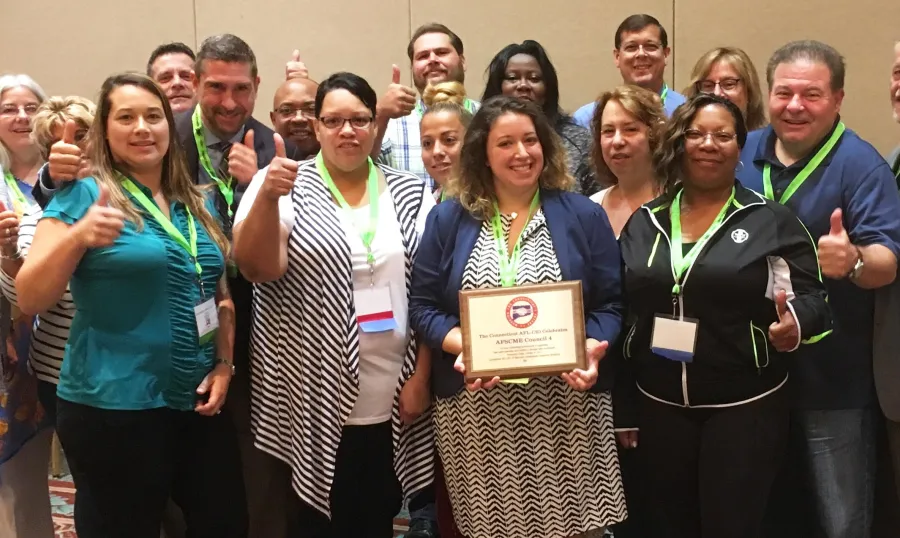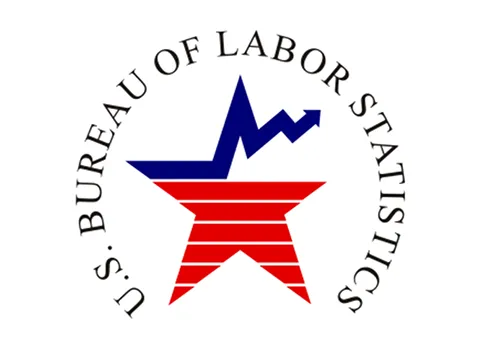BLS Reports 260,000 More Union Members in 2017; 3,000 More in CT

Last week, the federal Bureau of Labor Statistics released its annual report on union membership, which found that the number of union members rose by 260,000 in 2017.
In Connecticut, union membership rose by 3,000. This reflects critical organizing victories across a range of industries, which have reaped higher wages, better benefits and a more secure future for working people around the country.
Commenting on the latest BLS statistics, AFL-CIO President Richard Trumka said: "When more union members fill the halls of power, when wages rise and inequality shrinks, and when a growing number of people see that we can and will change the rules of this economy -- that’s when you’ll know unions are on the rise."
Key trends found in the data include:
- Working people in "right to work" states like South Carolina and Michigan are joining unions by the thousands.
- Young workers continue to drive union growth. Since 2012, union membership among working people under 35 has continued to rise. Last year, they made up three-quarters of new members.
- Professionals and information industry workers continue to drive growth.
- Recent victories are among working people across sectors ranging from media employees to charter school teachers and librarian professionals to the 20,000 doctors who joined unions in the past year.
Other advocates for working people weighed in on the numbers.
AFSCME President Lee Saunders:
"Despite relentless, dishonest attacks from wealthy special interests, working people continue to come together for a voice on the job and a seat at the table. Union membership held steady in 2017, a testament to the resilience of people fighting strong headwinds to continue organizing even in a hostile environment."
[caption align="left"]
The Bureau of Labor Statistics’ annual report shows that union workers earn considerably more on average than their non-union peers. Women and communities of color, for whom unions have historically been a pathway to the middle class, enjoy an even greater pay advantage when they join unions.
Saunders said union members will have to be more vigilant than ever to protect hard-fought gains that are under political and judicial attack.
"Corporate CEOs and other billionaires are trying to use the courts to rig the system even more in their favor, chipping away further at the rights of working people," he said. "A Supreme Court case called Janus v. AFSCME, which will be decided this year, threatens the freedom of public service workers to negotiate a fair return for the value they add to their communities."
